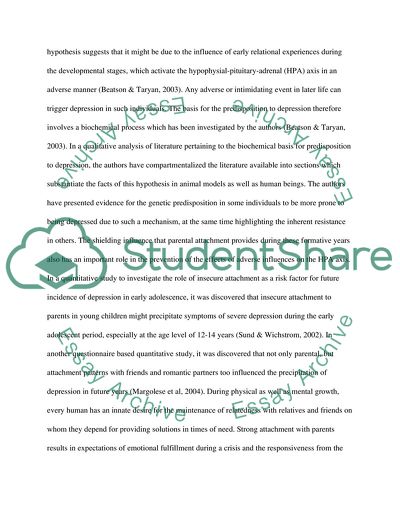Cite this document
(“Nursing literature review Research Paper Example | Topics and Well Written Essays - 1500 words”, n.d.)
Retrieved from https://studentshare.org/miscellaneous/1559255-nursing-literature-review
Retrieved from https://studentshare.org/miscellaneous/1559255-nursing-literature-review
(Nursing Literature Review Research Paper Example | Topics and Well Written Essays - 1500 Words)
https://studentshare.org/miscellaneous/1559255-nursing-literature-review.
https://studentshare.org/miscellaneous/1559255-nursing-literature-review.
“Nursing Literature Review Research Paper Example | Topics and Well Written Essays - 1500 Words”, n.d. https://studentshare.org/miscellaneous/1559255-nursing-literature-review.


